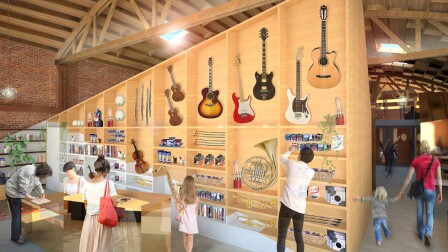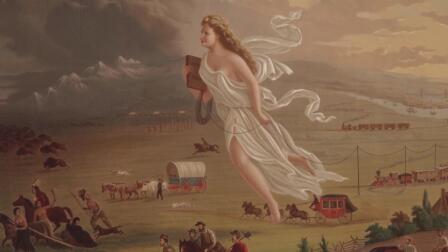Looking to the Future: Leimert Park
The Leimert Plaza Park is at the heart of a neighborhood facing rapid change. It was laid out in the 1920s, by Frederick Law Olmsted’s sons, as a picturesque commuter suburb, an easy streetcar ride from downtown, with a small Beaux Arts plaza at its center. In that sense, it was a classic First L.A., pre-freeway district. It was also organized around restrictive racial covenants, which made its after WWII blossoming into a center of African-American political and cultural power all the more dramatic. Now, as a new light rail line is built along Crenshaw Boulevard, Leimert Park is poised for another dramatic transition. Much of this change can be understood by looking at just one slice of the neighborhood: the area around Leimert Plaza Park, which includes a restored Art Deco theater and a new set of black-owned galleries and businesses.
But that positive change is shadowed by a deep anxiety about the future. Those worries are in turn connected to a larger sense that the pace of change has become so quick in Los Angeles that it is beginning to make crucial cultural, ethnic and neighborhood distinctions less relevant — flattening and maybe even homogenizing a famously eclectic and diverse city.
























